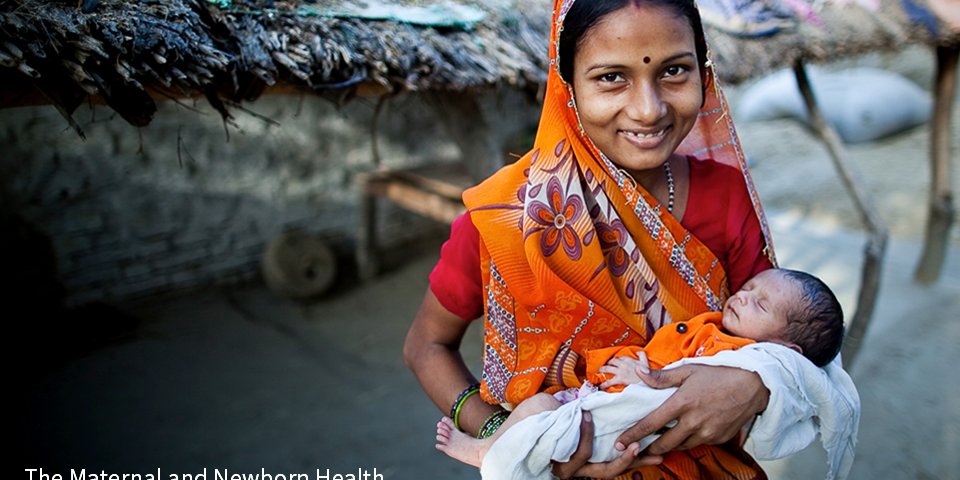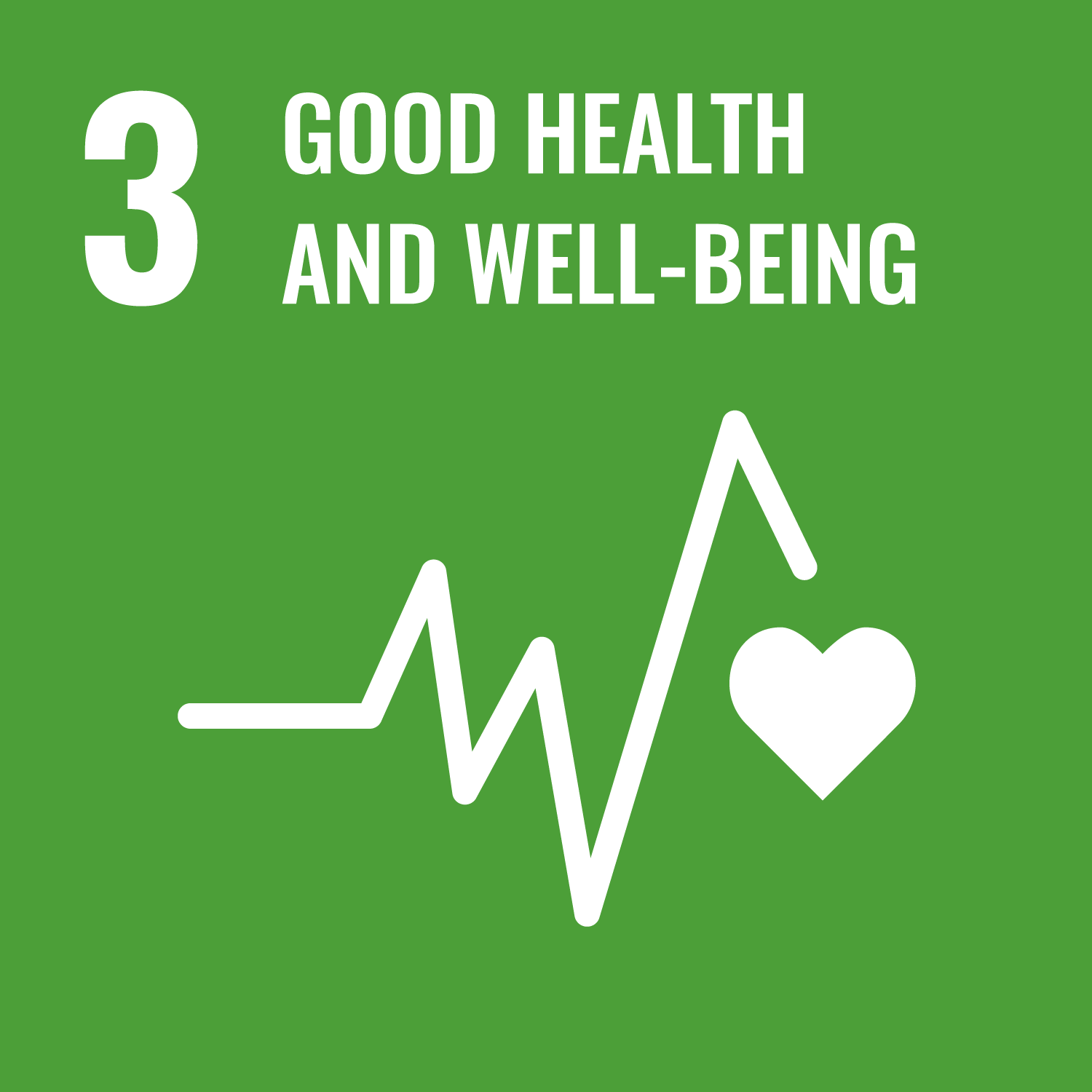
- Impact bond
- Health and wellbeing
- Asia
India
5 mins
The Utkrisht Impact Bond
Last updated: 27 Nov 2020
The Utkrisht Impact Bond is the world's first maternal and newborn health impact bond. It aims to reach up to 600,000 pregnant women and newborns in Rajasthan, India with improved care during delivery over a five year period.
Project Location
Aligned SDGs

INDIGO Key facts and figures
-
INDIGO project
-
Commissioner
-
Intermediary
-
Investor
-
Provider
-
Launch date
November 2017
-
Start of service provision
May 2018
-
Duration
3 years
-
Capital raised (minimum)
USD 2.90m
-
Service users
13k+
Target population
Private facilities across Rajasthan, meeting the following criteria for facility inclusion
Scale: Less than 100 beds, minimum of 20 deliveries per month
Infrasturcture: 24/7 electricity; 24/7 water supply; operating theatre; labour room
Staff: full-time gynecologist; at least three full-time midwives
Engagement: interest in quality improvement; willingness to share data
Compliance: pollution control registration
The problem
Maternal and newborn health is a significant challenge in India. Rates of maternal and newborn mortality remain high compared to rates in other countries. Within India, the state of Rajasthan has one of the highest maternal and neonatal mortality rates. To date, there have been a number of programmes supporting maternal care, including provision of incentives for mothers to give birth in facilities. However, these programmes have not significantly reduced morality rates. This might be due to the quality of maternal and neonatal care provided in facilities.
The Government of Rajasthan has therefore prioritised improvements in the quality of the services offered in public facilities, which have to comply with government standards and benefit from a number of interventions. However, by and large, the Rajasthan government has no direct control over private facilities in terms of quality control. The adoption of NABH and Manyata standards depends on the will of private facilities. Government has set up certain minimum norms to be followed by the private facilities, alongside various schemes that aim to function as catalysts in improving the quality of private hospitals (e.g. the Bhamashah scheme; the Janani and shishu suraksha scheme; the central government funded Ayushman Bharat Scheme).
The solution
The DIB is funding two service providers, Hindustan Latex Family Planning Promotion Trust (HLFPPT) and Population Services International (PSI), to support private facilities to (1) improve the quality of care provided to mothers and newborns, and (2) prepare for certification by NABH and Manyata.
First, improvements in quality of care is expected to lead to improved maternal and neonatal outcomes. The intervention is intended to improve outcomes for approximately 600,000 births over five years, leading to a reduction in both maternal and neonatal mortality. Secondly, payments are made when the private facilities have been verified to be ready for NABH and Manyata certification. If private facilities get certified, it will allow them to seek reimbursement from government and participate in cash transfer schemes and insurance programmes, thereby eventually enabling greater coverage of patients.
The intervention
The impact bond funds support to 360 to 440 private facilities across Rajasthan over three years, to prepare them for NABH and Manyata certifications. Private facilities are required to meet the following eligibility criteria:
- Scale: Maximum facility size of 100 beds, minimum of 10 deliveries per month
- Infrastructure: 24/7 electricity; 24/7 water supply; operating theatre; labour room
- Staff: full-time gynecologist; at least three full-time midwives
- Compliance: pollution control registration
Source: Convergence, Palladium, Bertha Centre (2018) The Utkrisht Impact Bond Case Study.
The impact
Overall, the quality of private facilities in Rajasthan, India improved due to their participation in the DIB. No evaluation has been conducted to assess the direct impact of DIB. However, the modelling tool, Lives Saved Tool (LiST) which leverages the evidence linking health care practices to mortality rates and maternal health outcomes predicts the gains in quality improvement of facilities can be attributed to meeting the quality standard required by the DIB. This is expected to lead to fewer maternal and neonatal deaths.
More specifically, the prediction from LiST was that the facilities meeting the quality standards set by DIB would avert approximately 13,449 maternal and neonatal deaths across 405 private healthcare facilities in Rajasthan by the year 2023. The estimated cost to improve a private facility is $21,800. Further studies on the potential returns are needed to provide insights into whether continued efforts are justified for implementing and sustaining the quality improvement efforts.
Outcomes framework
The expected impacts of the DIB are improved quality of delivery care in private institutions, and concomitant reductions in maternal and newborn mortality. The Utkrisht impact bond is expected to impact the quality of approximately 600,000 institutional deliveries over five years. Estimates of mortality reductions are forthcoming. These are projected impacts of improving maternal care facilities, but will not be measured by the DIB, which will rather focus on facility standards and certification.
The outcome metric is private facilities reaching defined maternal and neonatal quality improvement standards, which align with NABH and Manyata standards.
Outcome payments are $18,000 per facility verified to be at the agreed upon quality standards.
- 25% of the payment ($4,500) is made on verification that a facility has reached a defined progressive standard, reflecting good progress.
- 75% ($13,500) will be made on verification that a facility is certification ready.
Outcome funders will commit up to $9 million in total, of which $1 million relates to the costs of independent verification and impact evaluation. The remaining $8 million relates to payments to investors and service providers, based on achievement of pre-agreed results.
Source: Convergence, Palladium, Bertha Centre (2018) The Utkrisht Impact Bond Case Study.
| Outcome funder | Amount (USD) | Percentage of outcomes |
|---|---|---|
| Merck for Mothers | 3,500,000 | 43.75% |
| USAID | 4,500,000 | 56.25% |
| Total | 8.000.000 |
If 360 facilities are ready for certification, outcome payments would total $6.72 million. The remaining $1.28 million would be paid out should 440 facilitates be ready for certification. Outcome payments are paid biannually, as metrics are achieved and verifications undertaken.
Investors will contribute a total of $4.8 million. This covers the working capital needed to provide support to facilities. This is lower than the outcome funding value, as a portion of outcome payments will be recycled. This DIB involves UBS Optimus Foundation as the core investor, and the implementation manager (Palladium) and service providers (PSI and HLFPPT) as co-investors.
| Investor | Amount (USD) | Percentage of working capital |
|---|---|---|
| UBS Optimus Foundation | 3,500,000 | 73% |
| Palladium | ~300.000 | 6% |
| Population Services International | ~500.000 | 10% |
| Hindustan Latex Family Planning Promotion Trust | ~500,000 | 10% |
If 360 facilities are reached, the expected internal rate of return (IRR) is around 7.1%. UBS Optimus Foundation will have the first right to distribution of outcome payments, with a capped return of 8%. Any surplus over 8% will be distributed to service providers.
Overall payments including investment return and incentive payments will be capped at 15% of the overall cost of the implementation activities.
Outcome metric design
The outcome metric is certification readiness; it is expected this quality improvement should lead to lower neonatal and maternal mortality rates. Predefined quality improvement metrics provide service providers with a clear set of targets to work towards. On the other hand, the focus on private facility certification is at the expense of other activities that were initially considered, including wider government capacity building. Additionally, the standard is new, and hence there is limited evidence of impact.
Timeline
-
March 2015
The Rajasthan Government and Palladium start discussing an impact bond
-
August-September 2015
USAID and Merck Mothers join discussions
-
March 2016
Meeting in Jaipur to discuss structure. UBS Optimus Foundation joins
-
Mid-2016
Convergence awards Palladium a grant to complete structuring activities and launch the impact bond; Social Finance engaged
-
November 2017
Contract signed
-
Mid-2018
Implementation begins
Project insights
Considerations for when an impact bond is the most appropriate contracting mechanism
There was concern from certain stakeholders that the impact bond structure may not be appropriate for the intervention, given that the quality standard used is new and no direct evidence is available to prove the success of the intervention.
However, stakeholders concluded that the results-based approach and the flexibility the service providers had in delivering the intervention still provide sufficient value and justification to use the impact bond contracting mechanism.
Source: Convergence, Palladium, Bertha Centre (2018) The Utkrisht Impact Bond Case Study.
Building of new coalitions
The DIB represents an opportunity to bring together a range of partners that would have otherwise worked in parallel or even against each other. The DIB was able to draw in multiple partners to work collaboratively to fund the same project, rather than supporting separate projects.
This has strengthened the coordination of actors working within the same system, working towards the same outcomes. However, this also presents challenges; aligning the objectives and interests of diverse organisations was difficult. There were extensive negotiations on defining maternal quality of care indicators and metrics, which took around six months in total.
Source: Convergence, Palladium, Bertha Centre (2018) The Utkrisht Impact Bond Case Study.
Lack of a template for a standard DIB
The lack of a DIB template was cited by Utkrisht bond stakeholders as a key challenge. As they essentially had to start from scratch, the design of the DIB was a very time-consuming process.
Source: Convergence, Palladium, Bertha Centre (2018) The Utkrisht Impact Bond Case Study.
Contact details
References
Convergence, Palladium & the Bertha Centre (2018) The Utkrisht Impact Bond Case Study
USAID (2017) The Utkrisht Impact Bond
This case study was compiled by Ecorys UK.
Downloads and Resources
Utkrisht DIB - Overview information
Download PDFConvergence, Palladium, Bertha Centre (2018) The Utkrisht Impact Bond Case Study
Download PDF